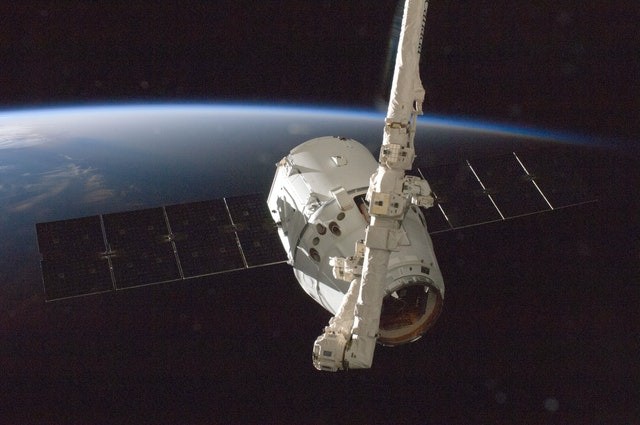NASA scraps the GeoCarb mission, a satellite intended to monitor climate change to prioritize tracking greenhouse gas emissions.
The organization, however, maintains that it is still committed to researching climate change research.

The University of Oklahoma, Lockheed Martin, and NASA-led GeoCarb program, which aimed to launch a satellite for monitoring greenhouse gases into geostationary orbit, has been scrapped, according to Space.com.
About 4 million times each day, GeoCarb would have taken measurements of the atmospheric concentrations of carbon dioxide, carbon monoxide, and methane.
In 2016, NASA decided on the mission.
Scrapping the Mission
There are now more choices for making crucial greenhouse gas measurements than when the government was studying GeoCarb.
For instance, the Earth Surface Mineral Dust Source Investigation (EMIT), the newest instrument from NASA installed on board the International Space Station in July, can measure methane.
According to Thomas Zurbuchen, assistant administrator for science at NASA, "decisions like this are challenging, but NASA is determined to make judicious choices with the resources granted by the people of the United States."
We are eager to fulfill our commitment to advanced climate monitoring in a more time- and money-efficient manner.
The most current expected cost of GeoCarb was $600 million, substantially more than the mission's initial $170.9 million estimate.
According to NASA, the decision to terminate GeoCarb was made owing to "technical problems, cost performance, and availability of new alternative data sources."
These new data sources include the Orbiting Carbon Observatory-3 instrument, which started operations in 2019, and the new Earth Surface Mineral Dust Source Investigation (EMIT) sensor, both of which were installed on the International Space Station (ISS) in July.
Staying Dedicated

Additionally, NASA is constructing the Earth System Observatory, a group of satellites that will study the Earth and be launched by 2030.
Among other things, the satellites will conduct research on aerosols, clouds, surface biology, surface geology, and surface deformation and change.
Karen St. Germain, head of NASA's Earth Science division, says, "NASA emphasizes knowing how our home planet is changing-and greenhouse gasses play a crucial role in that knowledge."
We are dedicated to sharing important methane and carbon dioxide observations, combining them with data gathered by other national, international, and private sector missions, and providing communities and organizations who require it with usable information.
Climate Change

The climate of Earth is changing in ways that humans have never seen before.
The average worldwide temperature has increased by a full degree Celsius compared to levels before the Industrial Revolution.
That might not seem like much, but it has already profoundly affected how our world works.
We can better address this issue before things become much worse by understanding why global temperatures are rising, how the climate impacts us, and how to do so.
Education will address the public's fear of climate change and its dire consequences in addition to science and problem-solving.
Education motivates individuals to study and take on future challenges, not only to identify issues; it inspires and empowers.
Related Article : Earth "Still on the Brink of Climate Catastrophe" Despite Multiple International Efforts
For similar news, don't forget to follow Nature World News!
© 2025 NatureWorldNews.com All rights reserved. Do not reproduce without permission.





